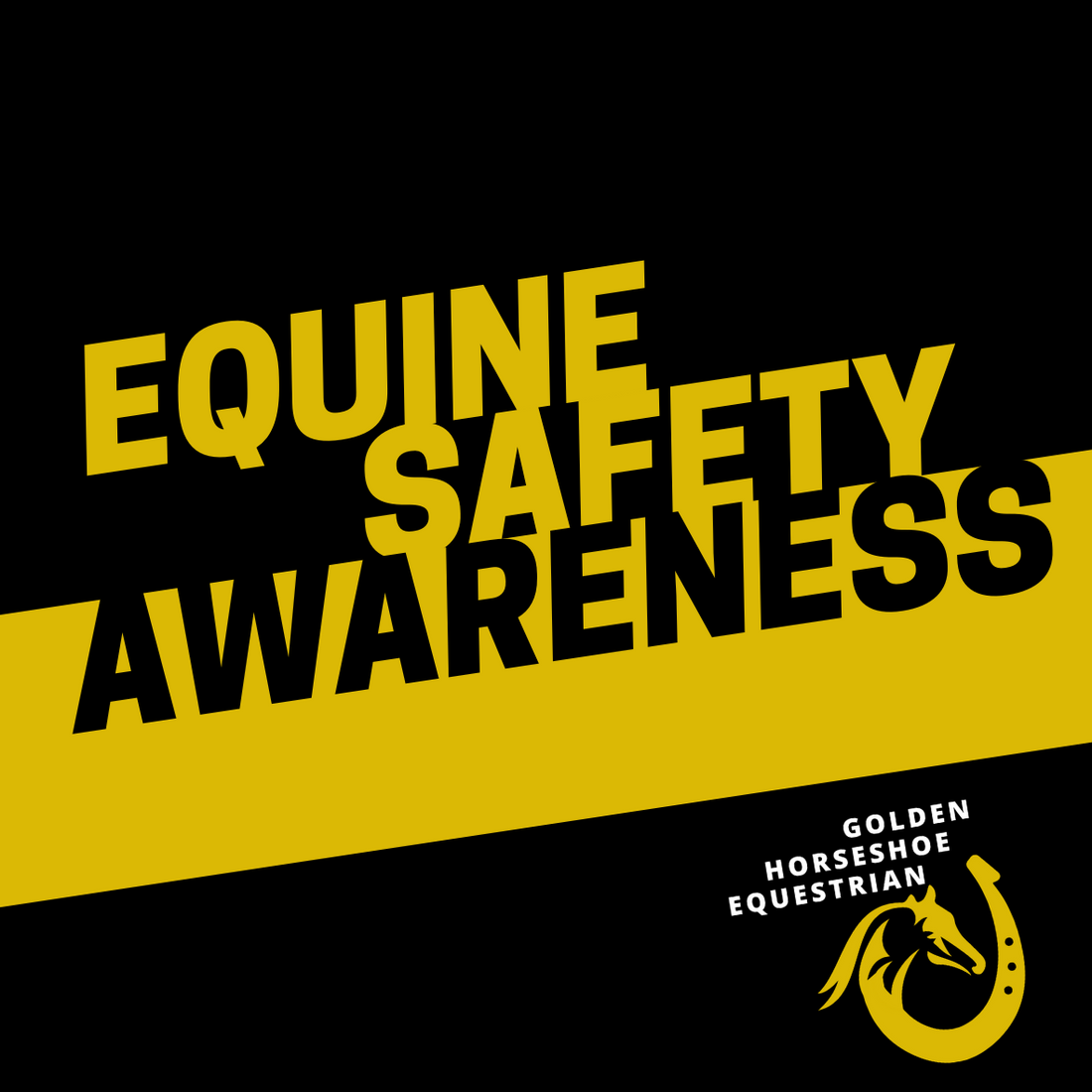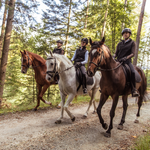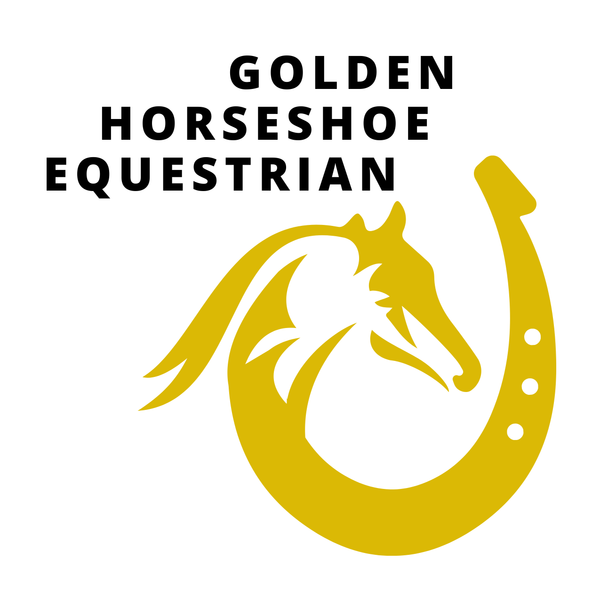
September is Equine Safety Awareness
Safety is paramount when working with horses, whether you're a seasoned equestrian or a beginner. Horses are powerful and intelligent animals, but they can also be unpredictable. Here are some essential safety tips to keep in mind to ensure both you and your horse stay safe.
Always Wear a Helmet
A helmet is your first line of defense in case of a fall. Ensure your helmet fits properly and is specifically designed for equestrian activities. Even the most experienced riders can have unexpected spills, and a helmet can be the difference between a minor accident and a serious injury. (Check out our helmet selection here.)
Check Your Tack Regularly
Before every ride, inspect your tack for signs of wear and tear. Look for frayed straps, loose stitching, or rusted buckles. Any of these issues can lead to equipment failure, which could result in injury. Regular maintenance of your tack not only extends its life but also ensures your safety. (Find leather and tack care items here.)
Understand Your Horse’s Body Language
Horses communicate through their body language. Learn to read the signs of discomfort, fear, or agitation. Ears pinned back, swishing tails, or a sudden change in posture can indicate that your horse is unhappy or nervous. Recognizing these signals early can help you avoid potentially dangerous situations. (We have a selection of training books here.)
Lead and Handle Your Horse with Care
Always lead your horse with a halter and lead rope, standing at their shoulder, not in front of them. This position allows you to guide them effectively while staying clear of their feet. Never wrap the lead rope around your hand, as this can lead to serious injury if the horse pulls away suddenly. (Halters and lead lines.)
Be Mindful of Your Surroundings
Whether you’re in the barn, arena, or out on the trail, always be aware of your surroundings. Keep an eye out for anything that might spook your horse, such as loud noises, sudden movements, or unfamiliar objects. A calm, alert rider can help keep a horse calm, too. (POMS may be an option for some skittish horses.)
Never Rush
Patience is key when working with horses. Whether you’re grooming, tacking up, or riding, take your time. Rushing can lead to mistakes, which can compromise safety. Approach each task calmly and deliberately, giving your horse the time they need to feel comfortable.
By following these safety tips, you can help ensure that every interaction with your horse is a positive and safe experience. Remember, safety begins with preparation and awareness, so take the time to educate yourself and your horse.
Happy riding!
Prev post

Announcing our new Education & Outreach Coordinator
Updated on 04 January 2025
Next post

The Magic of Fall Trail Riding: The Gear You Want For The Best Ride Experience
Updated on 02 September 2024
